Venice’s Uncertainty
A new floodgate system should protect the city from high tides—unless climate change interferes
/https://tf-cmsv2-smithsonianmag-media.s3.amazonaws.com/filer/venice_generic.jpg)
Fabio Carrera has been studying the Venice lagoon since 1988, so when he heard a high tide siren one evening in 2002, it wasn't the first time. But it might have been the strangest.
The sirens warn Venetians that the tide has reached roughly 43 inches—enough to spread shallow water across 12 percent of the city. These alarms typically sound in fall or winter. But here stood Carrera in early June and the tide had reached more than 47 inches, the only summer tide above 43 since modern records began in 1923.
To Carrera, a Venice native and urban information scientist at Worcester Polytechnic Institute in Massachusetts, the event was an early symptom of the impact climate change is having on sea levels in Venice. "Things seem to be off," he says. "Things like a weird summer high tide—those are the best indicators that something's happening in the lagoon."
Flooding in Venice is nothing new. High tides have been invading the city since the 6th century. The biggest tide on record hit November 4, 1966, reaching more than six feet above sea level. In the decades that followed, the Italian government poured billions into developing a barrier, finally settling on a complex system of floodgates, called MOSE. Building began in 2003 and the system is scheduled to be operational by 2012.
But recent global warming forecasts have caused MOSE—already controversial for its $4.5 billion price tag—to draw scrutiny from scientists the way St. Mark's Square draws tourists. A report issued this February by the Intergovernmental Panel on Climate Change calls into question whether the elaborate floodgate will be sufficient to handle changing sea levels.
The report predicts a rise between about seven inches and two feet within the next 100 years. That range could increase by another seven inches or more based on ice sheet melting in Greenland and Antarctica. MOSE will only protect the city from a sea level increase of about two feet, says Pierpaolo Campostrini, director of CORILA, which organizes all scientific research in Venice.
"It's not changing anything," says Campostrini of the new report. "It's just confirming our worries."
The barriers rest at the three inlets where the Adriatic Sea feeds into the lagoon. When a high tide looms, air will pump up the MOSE system, blocking the sea water from spilling into the city. Even if global warming does eventually push MOSE's limits, Campostrini says, the floodgates will buy scientists several decades of time to figure out a long-term solution. Meanwhile, as sea level rise approaches two feet, the barriers might simply spend more time closed.
This stall tactic could come at a high price, explains biologist Richard Gersberg of San Diego State University. Closing the barriers could complicate the city's precarious sewage situation and cause health problems. Venice lacks modern sewage, relying instead on tides to flush wastes from the canals into the Adriatic Sea.
"There's a concern that, when the barriers come up, then that flushing will be cut off," says Gersberg. "MOSE gates, from what I've read, are supposed to be closed for only a short time. But is sea level going to cooperate with that theory? My best guess is, no."
Gersberg and his colleagues recently conducted a three-year study of the water quality in the canals that make up the Venice lagoon, and at a beach of nearby Lido. Almost 80 percent of the samples analyzed from nine sites in the lagoon tested positive for two types of disease-causing agents, Gersberg's team reports in the July 2006 Water Research.
The findings are not yet a cause for alarm, says Gersberg. At Lido, where tourists are allowed to swim, the pathogen levels were much lower and met European health standards. Those who stick to the city will be safe with only minimal precautions—not dipping their hands in the lagoon from the side of a gondola, for example.
The situation would likely worsen over time, though, if MOSE's gates remained closed for long periods. "Taking sewage when it floods and having people walk around in it—to not expect a health problem, you would have to be an eternal optimist," Gersberg says.
So far, and somewhat ironically, climate change's biggest impact on Venice has been that sea level forecasts might have spurred the government to move ahead with MOSE after years of sitting on the plans. Construction is 30 percent complete, says Campostrini, and few other options exist. In one scenario still being investigated, officials would pump water below the city surface, raising it as much as a foot.
Filmmakers Marylou and Jerome Bongiorno recently gathered several scientists, including Carrera, to discuss MOSE and alternative defenses against rising sea levels, as part of their research for a documentary and feature film focusing on climate change in Venice. The problems, they say, are not as far away as they seem.
"You have to look at Venice and say, 'It's already happening,'" says Marylou, whose parents are native Venetians. "'Global warming' has become this fashionable term, but we don't want everybody to say, 'It's going to be hot this summer,' and think that's global warming."
The researchers kicked around several ideas, says Jerome, from planting boats in various regions of the lagoon that would divert incoming sea water, to building a wall around the entire city.
"At a certain point, MOSE is not going to work anymore," he says. "Why not build a pretty wall now that becomes part of the city's culture?"
To satisfy Gersberg's fears, building a "Great Wall of Venice" would require retrofitting the city's classic buildings with modern sewage—a daunting task. Such an enclosure could still impact marine life and create economic problems by cutting off access to shipping harbors. Not to mention the facelift it would give a city known to value tradition. An attraction of MOSE, says Campostrini, is that it preserves the current look of the lagoon.
Lagoon or not, Venice might cease being operational without a more drastic plan, says Carrera. Though MOSE will do some good, he says, it's a bit like building a dome around Boston to keep away occasional snowstorms: A passable solution, yes. But probably not the best use of resources.
"If global warming's worst predictions come true in 100 years," says Carrera, "the real issue is preserving Venice as a liveable place—not stopping the occasional tide from coming in."
/https://tf-cmsv2-smithsonianmag-media.s3.amazonaws.com/accounts/headshot/eric-jaffe-240.jpg)
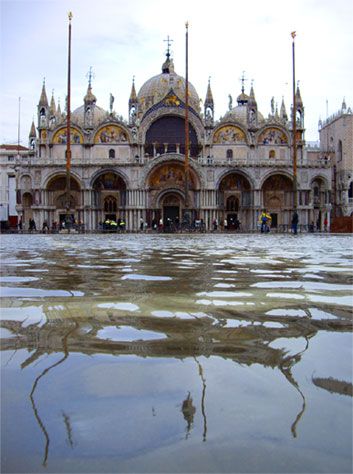
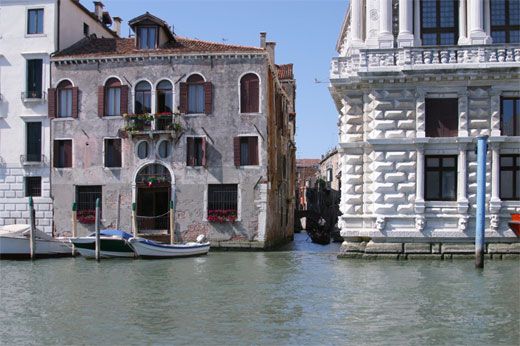
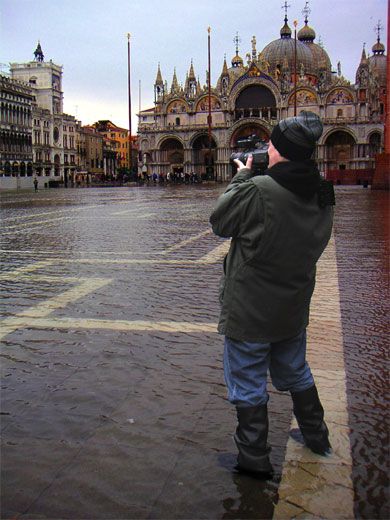
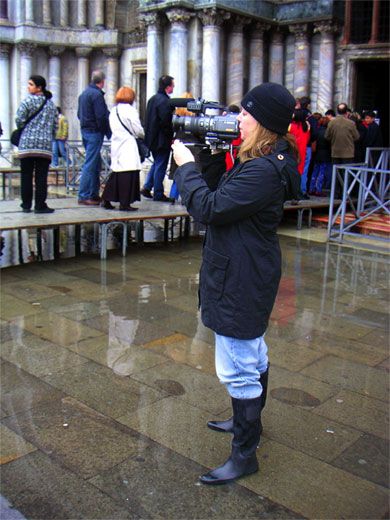
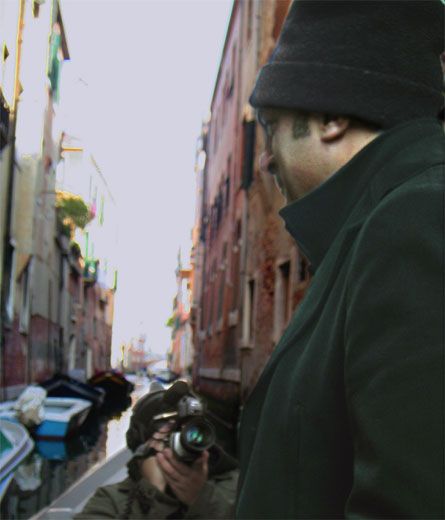
/https://tf-cmsv2-smithsonianmag-media.s3.amazonaws.com/accounts/headshot/eric-jaffe-240.jpg)